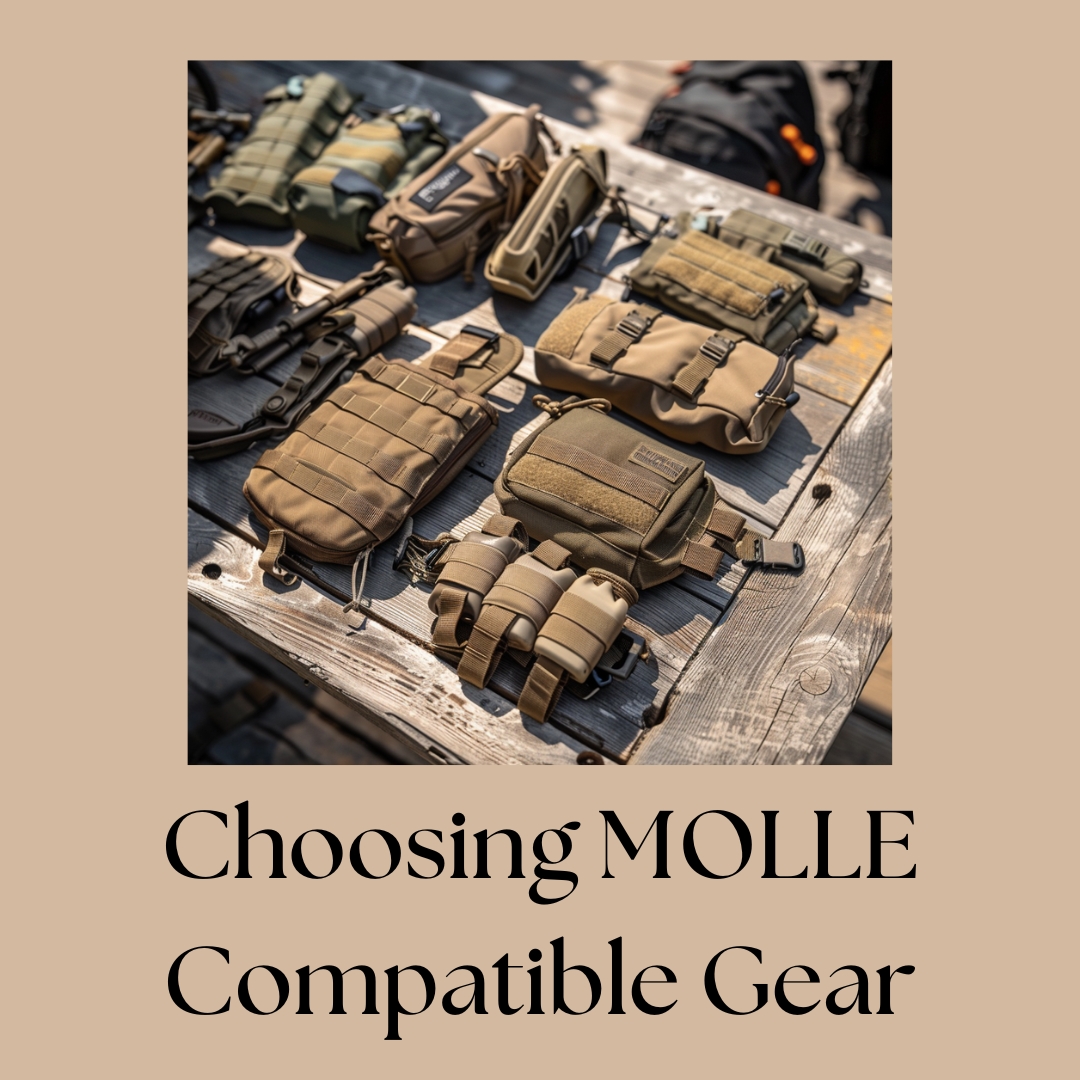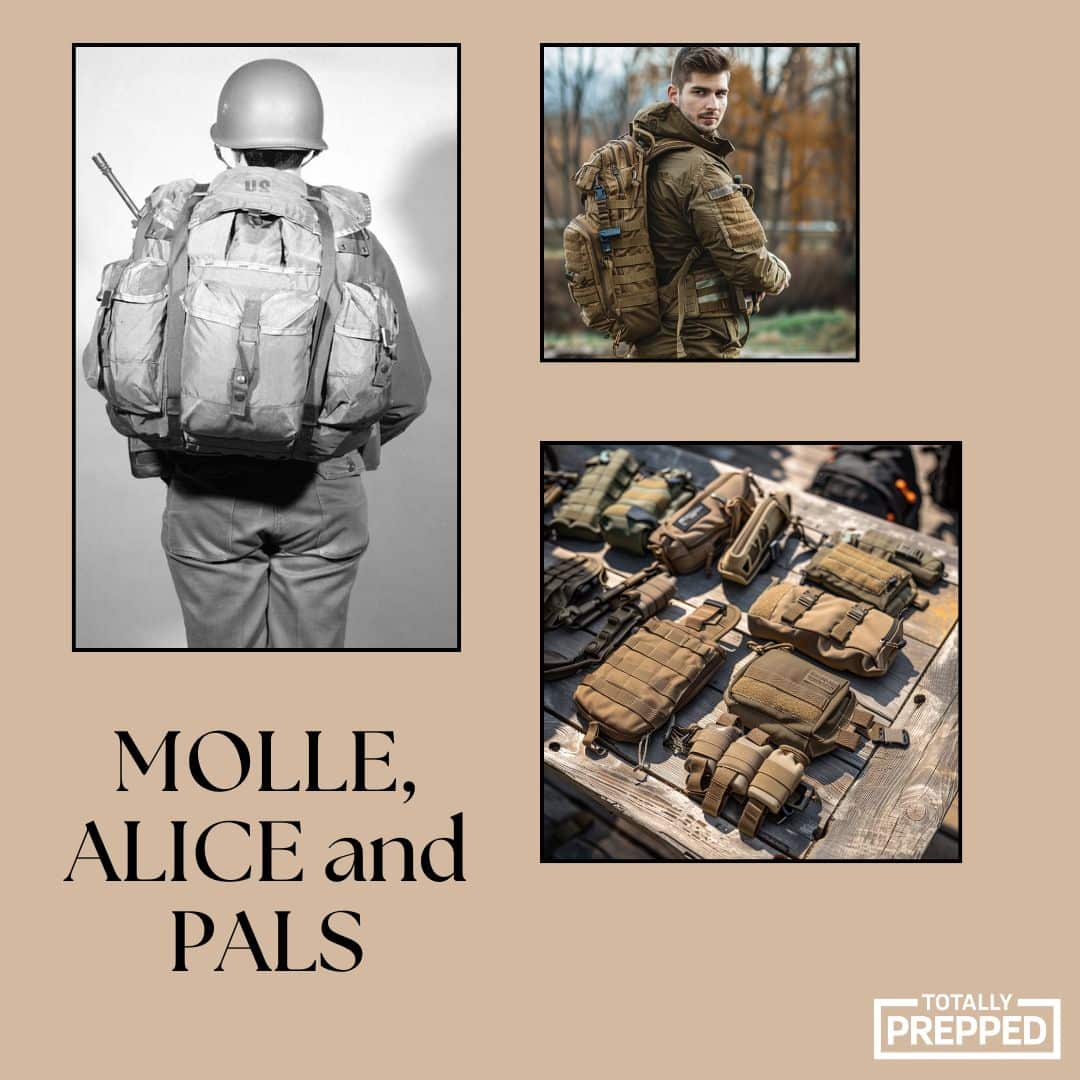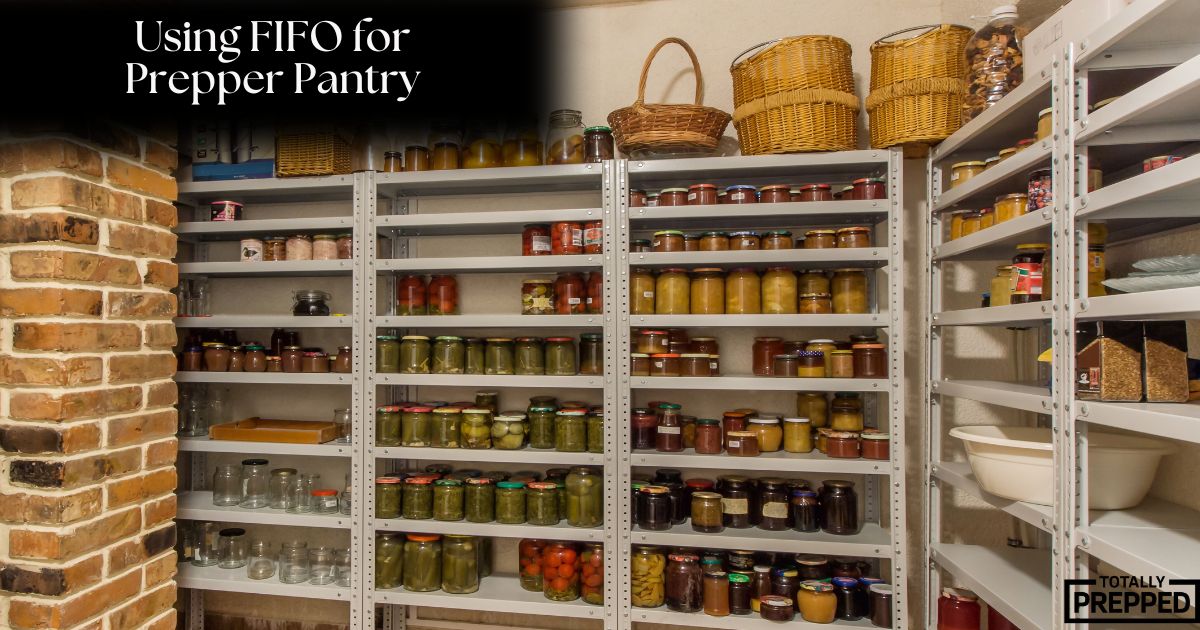Configuring your MOLLE system requires strategic planning to ensure that each item is accessible, secure, and distributed in a way that maintains balance and comfort. This organization is not just about fitting everything in, but optimizing the gear for functionality and ease of use in various survival situations. The first step in configuring gear on MOLLE webbing is to prioritize items based on their usage frequency and urgency.
Quick Access Items
Items that are likely to be needed quickly, such as medical kits, self-defense tools, or navigation aids, should be placed in the most accessible locations. These are typically the front of the vest or the top and sides of the backpack, where they can be reached without removing the gear.
It’s essential to ensure that these critical items are not only easy to access but also securely attached to prevent loss. The next consideration is weight distribution. Evenly distributing weight across the MOLLE system is crucial for maintaining balance and reducing fatigue.
Heavier Items – Balance Your MOLLE
When configuring your MOLLE system, heavier items should be placed close to the body and ideally centered on the pack or vest. This placement helps maintain the center of gravity and reduces strain on the wearer, making it easier to move and navigate, especially over uneven terrain or in emergency situations. This central placement helps in maintaining the body’s natural center of gravity, reducing strain on the back and shoulders. It also enhances mobility and stability, especially in rugged or uneven terrain. Placing equal weight on both sides of the pack or vest is essential to avoid imbalance, which can lead to muscle strain or discomfort. If a heavy item is attached on one side, try to balance it with a similarly weighted item on the opposite side.
MOLLE Organization – Less Frequently Used Items
For items that are used less frequently or in non-urgent scenarios, such as extra clothing, food supplies, or larger tools, attaching them to the lower or peripheral parts of the pack is advisable. These items can be stored in pouches that are securely attached but might require the removal of the pack to access. When attaching these items, ensure that they are fastened tightly to avoid any swinging or shifting, which could throw off balance or create noise.
Experimenting with different configurations in training or practice scenarios is beneficial. This experimentation can help identify the most efficient setup and ensure familiarity with the gear arrangement, which can be crucial in high-stress situations.
Exposure to the Elements
In organizing the gear, it’s also important to consider the environmental factors. Items that need protection from elements, like electronic devices or sensitive tools, should be placed in waterproof or sealed pouches.
Items that can withstand exposure, like water bottles or certain tools, can be more exposed. Regular assessment and reorganization of the MOLLE setup are important. As one’s skills evolve or the nature of the survival scenarios changes, so should the organization of the gear.
This ongoing assessment ensures that the MOLLE system remains an effective and responsive tool in the survivalist’s arsenal. Effectively arranging and configuring gear on MOLLE webbing involves careful consideration of accessibility, weight distribution, personal preference, and environmental factors.
Adjust the MOLLE Pack Straps
MOLLE packs usually come with adjustable straps. Properly adjusting these straps to fit the body snugly, but not too tightly, can significantly improve comfort. The waist and chest straps should be used to distribute weight away from the shoulders and onto the hips, which are better suited to carry heavier loads. Ensuring that areas of the pack or vest that come into contact with the body have adequate padding is important. This padding helps in alleviating pressure points and preventing chafing or discomfort during prolonged use.
Do Not Overload
While MOLLE’s modularity allows for the attachment of numerous items, it’s important to resist the temptation to overload. Carrying only what is necessary based on the survival scenario helps in maintaining a manageable weight, which is crucial for comfort and endurance.
During extended use, taking regular breaks to rest and adjust the pack can prevent discomfort and fatigue. During these breaks, check for any pressure points or imbalance and readjust the load as needed.
Regularly testing the configuration in different settings and scenarios is beneficial. This practice helps in identifying any issues with balance or comfort that might not be immediately apparent and allows for adjustments before an actual survival situation.
Balance and comfort are essential for the effective use of a MOLLE system in survival scenarios. Proper weight distribution, strategic placement of items, appropriate adjustments, and mindful packing are key to ensuring that the gear is not only functional but also comfortable to carry over extended periods.
BOB or MOLLE?
When organizing gear for a bug-out scenario, it’s crucial to differentiate between items that should be stored inside the bug-out bag and those that should be attached to the MOLLE system.
For some survivalists, their primary consideration is how quickly they need to access certain items and their importance in emergency situations. For them, inside the bug-out bag, they store items that are essential for survival but not required for immediate access.
This might include clothing suitable for various weather conditions, food and water supplies meant for long-term sustenance, and compact sleeping gear or gadgets and tools like cooking equipment, which you’ll only use during meal preparation, along with a more extensive medical kit that supplements a smaller, quick-access one on your MOLLE system.
The MOLLE system, on the other hand, is ideal for items that you need to access quickly or in emergencies or those too big to fit inside the bug out bag. It’s the place for your primary water source, like a hydration bladder or water bottle, and small, energy-boosting snacks.
A basic first aid kit for urgent medical needs should be easily accessible on your MOLLE webbing. Navigation tools, including a compass, maps, and GPS devices, are also best placed here for quick reference.
Essential survival tools like knives, multi-tools, and, where legal, self-defense weapons such as firearms or pepper spray should be attached to your MOLLE system for quick deployment.
Additionally, having flashlights, headlamps, and emergency signaling devices like whistles or signal mirrors on the MOLLE system ensures you’re prepared to handle situations where visibility is low or when you need to signal for help.
Finally, fire-starting gear such as lighters, matches, and ferro rods should be readily accessible for immediate use in critical situations. Organizing your gear in this manner ensures that while your bug-out bag carries the bulk of your survival equipment, the most crucial and frequently used items are always within quick reach on your MOLLE system. This strategic arrangement enhances your efficiency and readiness in survival situations, ensuring you have the right tools at hand when time is of the essence.





